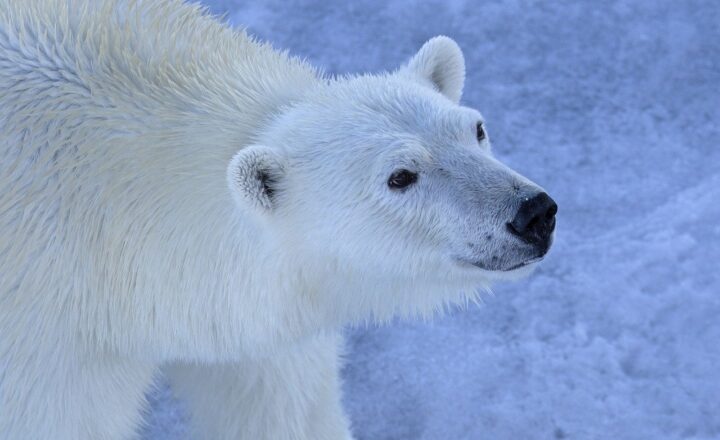Understanding Global Warming: How Climate Change Impacts Our Planet and Daily Lives
November 11, 2024

Global warming has emerged as one of the most pressing issues of our time, influencing every aspect of life on Earth. Scientific studies have made it clear that human activities, particularly the burning of fossil fuels and deforestation, are the primary contributors to the greenhouse gases that are heating our planet. This article delves into the mechanisms of global warming, its impacts, and what individuals can do to combat climate change effectively.
1. What is Global Warming?
Global warming refers to the long-term increase in Earth’s average surface temperature due to human activities, especially those that release greenhouse gases into the atmosphere. These gases, including carbon dioxide (CO2), methane (CH4), and nitrous oxide (N2O), trap heat from the sun, leading to a greenhouse effect that warms the planet.
The scientific consensus is clear: the average global temperature has increased by about 1.2 degrees Celsius (2.2 degrees Fahrenheit) since the late 19th century, with significant increases observed in recent decades.
2. The Science Behind Global Warming
The greenhouse effect is a natural phenomenon where certain gases in the Earth’s atmosphere trap heat, preventing it from escaping back into space. This process is essential for maintaining the planet’s temperature; without it, Earth would be inhospitably cold.
However, human activities have significantly augmented this effect. Here’s how:
- Fossil Fuel Combustion: The burning of coal, oil, and natural gas for energy and transportation releases tremendous amounts of CO2 into the atmosphere. This is the largest single source of greenhouse gases emitted by humans.
- Deforestation: Trees absorb CO2; when forests are cut down for agriculture or urban development, not only is this carbon sink lost, but the CO2 stored in trees is released back into the atmosphere.
- Agricultural Practices: Livestock farming releases methane, a potent greenhouse gas. Furthermore, certain fertilizers release nitrous oxide, contributing to global warming.
As a result of these activities, the concentration of CO2 in the atmosphere has surpassed 400 parts per million, a level unprecedented in hundreds of thousands of years.
3. Impacts of Global Warming
The consequences of global warming are visible all around us, affecting natural ecosystems, weather patterns, sea levels, and human health. Here’s an overview of some critical impacts:
- Rising Sea Levels: The melting of polar ice caps and glaciers contributes to rising sea levels. Coastal communities are at increased risk of flooding and erosion, threatening homes and ecosystems alike.
- Extreme Weather Events: There has been an increase in the frequency and intensity of extreme weather events, such as hurricanes, droughts, and heatwaves. These events not only pose immediate dangers but can disrupt food supplies and economic stability worldwide.
- Ecosystem Disruption: Many animal species struggle to adapt to rapidly changing temperatures and habitats. Some have shifted their ranges, while others face extinction. The loss of biodiversity can have cascading effects on ecosystems and human food systems.
- Health Risks: Climate change can worsen air quality, increase the prevalence of heat-related illnesses, and facilitate the spread of infectious diseases by altering animal and human habitats, contributing to public health crises.
4. How Climate Change Affects Daily Life
The impacts of global warming are not limited to the environment alone; they permeate our daily lives in various aspects:
- Agriculture: Changes in weather patterns can disrupt traditional farming cycles, affecting crop yields and food prices globally. As droughts and floods become more common, food security is increasingly at risk.
- Water Supply: Changes in precipitation patterns, including altered rainfall and melting snowpack, can lead to freshwater shortages, impacting drinking water and agriculture.
- Insurance and Property Costs: As risks from climate-related disasters rise, insurance companies may increase premiums, especially in high-risk areas, affecting housing prices and accessibility.
- Mental Health: The stress and anxiety associated with climate change—often referred to as “eco-anxiety”—are increasingly recognized as significant mental health issues, particularly among younger generations.
5. What Can We Do?
Despite the troubling signs, there is still hope. Individuals can play a vital role in combating global warming through proactive measures:
- Reduce Energy Consumption: Turning off lights, using energy-efficient appliances, and reducing reliance on heating and cooling can significantly cut down energy use.
- Embrace Renewable Energy: Transitioning to renewable energy sources like solar, wind, and hydro can help decrease reliance on fossil fuels. Homeowners can install solar panels or choose green energy providers to support sustainable power sources.
- Adopt Sustainable Practices: Reducing waste, recycling, and choosing sustainable products can lessen our environmental footprint. Supporting local businesses and sustainable agriculture can also contribute positively to climate efforts.
- Advocacy and Education: Stay informed about climate issues, join local environmental groups, and advocate for policies that aim to reduce carbon emissions. Education plays a crucial role in mobilizing communities to take action against climate change.
6. Conclusion
Understanding global warming is the first step toward combating it. By recognizing its causes, acknowledging its widespread impacts, and actively participating in solutions, we can work together to protect our planet for future generations.
Despite daunting challenges, every action counts. Collectively, if individuals, communities, and governments prioritize sustainable practices, we can mitigate the pressing threat of climate change and foster a more resilient world. Each small change contributes to a larger effort to protect our planet and ensure a healthier, sustainable future for all.







